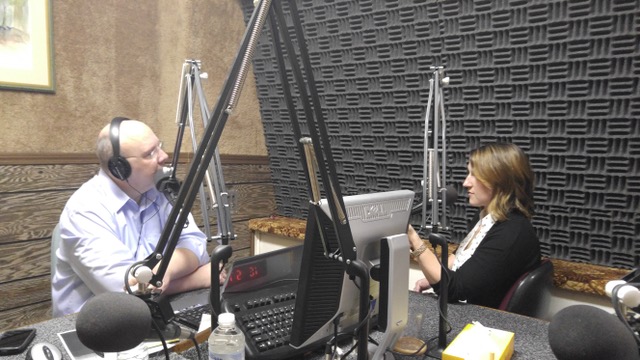8 January 2019
The Science of Our Stories: How Communication and Training Bridges the Gap Between Scientists and Journalists
Posted by Shane Hanlon
By Hollie Smith
All of our lives are made up of stories that help us make sense of the constantly changing world around us. Stories help us understand what is happening, why it’s happening, and the ever-important-question of what can be done about it; They often provide us with the familiar narrative elements – an introduction, plots, main characters, setting, climax, and conclusion – that our brains readily accept as the way the story should go. But when it comes to the story of science, sometimes things get more complex, messy, and completely non-linear.
I’m a social scientist now, but I used to be a professional storyteller – a journalist. Journalists, as professional storytellers, have the privilege and burden of telling stories every day that can impact the way people see the world. I left my job as contributing writer at a small community newspaper to go back to graduate school after I wrote a story about a gas pipeline that was being proposed for development above my town’s aquifer. During my journalism training, I never had to take any science classes that went beyond my general education requirements, so I had no idea how to start covering science or environmental issues. The more I learned, the more I felt like I hadn’t been trained to write about this type of news. How do you write a story when it doesn’t fit into the basic formula of journalistic storytelling?

Me during an interview about the role of storytelling in science at Utah Public Radio.
As a researcher I work with organizations, like the University of Rhode Island’s Metcalf Institute, that are working to connect journalists and scientists. Metcalf’s programs offer science training to journalists who want more science education, and our research shows that training does make a difference. After participating in science trainings, journalists report having more confidence in writing about scientific topics as well as being able to better discern the qualities of good science. But what I find most important is the need to connect and humanize both journalists and scientists. Journalists who participated in Metcalf’s training said they were most impacted by the informal time they got to spend with scientists, when they were able to talk and learn things together.
The stories of scientists and journalists aren’t that different. We both like to ask questions, uncover the facts, and make sense of what’s happening in the world around us. The trick, then, is to make the connection. The more journalists and scientists have the opportunity to interact, share information, and learn together, the better our stories and sensemaking will be.
– Hollie Smith is an Assistant Professor of Science and Environmental Communication at the University of Oregon’s Media Center for Science & Technology. See Smith et al., 2018 for more info.



 The Plainspoken Scientist is the science communication blog of AGU’s Sharing Science program. With this blog, we wish to showcase creative and effective science communication via multiple mediums and modes.
The Plainspoken Scientist is the science communication blog of AGU’s Sharing Science program. With this blog, we wish to showcase creative and effective science communication via multiple mediums and modes.